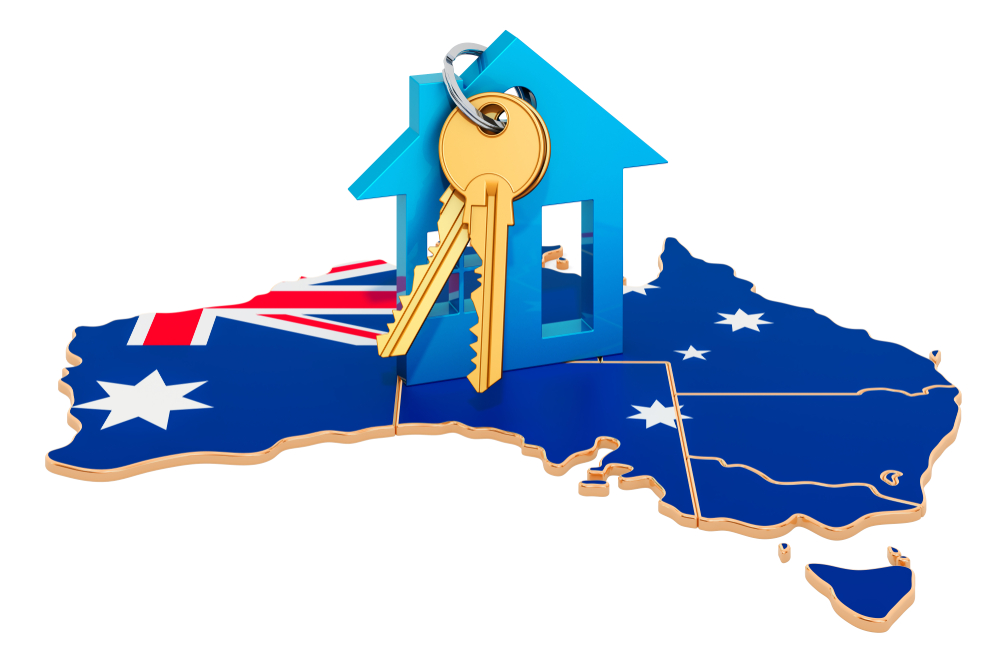MenuClose
From household budgets to housing market lockouts and fixed-rate mortgage expirations, the current high interest rates are having a significant and negative impact on our finances and borrowing capacity.
In light of this, we asked expert and friend of Maxim, Joel Archer from Ascension Finance, to give us an update.
His summary includes cash rate predictions from the Big Four, the current impact on household borrowers and investors, and some alternative financing options that may be available to you.

Throughout 2024, the cash rate has held steady at 4.35%, reaffirmed by the Reserve Bank of Australia (RBA) in its latest meeting on 7 May.
This follows a period during the COVID pandemic when the RBA set the cash rate at a historic low of 0.10%. Subsequent hikes were necessary to combat soaring inflation and stabilise the economy.
As we look towards the end of the year, Australian economists from the Big Four banks predict that the RBA will begin to lower the cash rate.
So, what are the Big Four cash rate predictions? Here’s a summary:
The future trajectory of interest rates remains uncertain. However, the current high rates, coupled with increased household living expenses, present significant challenges for Australian households in terms of borrowing capacity.
Maximum borrowing capacities are currently 32.5% lower than their peak in October 2021, marking the lowest level in more than five years.
Lenders assess borrower serviceability by imposing a 3% assessment rate buffer on top of the actual interest rate of the home loan being applied for. This measure, required by the Australian Prudential Regulation Authority (APRA), is intended to protect borrowers from financial hardship.
For example, a borrower who took out a three-year fixed-rate mortgage in 2021 at 1.98% would have faced an assessment rate of 4.98% at the time.
When that fixed rate expires in 2024, their ability to refinance may be restricted as the new assessment rate is likely to be around 9.25%, making it harder to demonstrate serviceability, leaving many borrowers feeling trapped in their existing mortgages.
Investors face similar borrowing capacity challenges. The 3% buffer applies not only to new loans being sought but also to any existing mortgages. While lower rates 2-3 years ago strengthened borrowing capacity, the current high cash rate potentially precludes them from growing their portfolios.
If the big four predictions prove correct, this would potentially increase borrowing capacity for most households over the next 12 months.

Until these predictions come to fruition, you may need to seek alternative solutions if traditional loan options during this period of high interest rates are limiting your ability to achieve your financial objectives. Here are two:
Some lenders have negotiated with the APRA to reduce the assessment rate buffer on refinances from 3% to 1%. Strict criteria apply, generally allowing only a dollar-for-dollar refinance where a clean repayment history can be demonstrated for the previous 12 months.
This means if your existing lenders are reluctant to offer competitive interest rates, you still have refinance options despite not meeting the 3% servicing buffer.
Non-bank lenders are also gaining market share. The APRA’s 3% assessment rate buffer applies only to authorised deposit-taking institutions (ADIs). Therefore, most non-bank lenders can set their assessment rates at their discretion.
Many non-bank lenders offer competitive refinance rates for prime borrowers. They’re often also more generous in terms of borrowing capacity, especially where multiple properties or loans are involved. This is due to the lower assessment rate across all loans.

The RBA now meets eight times a year, with the next cash rate announcement due on 18 June. Whether the board will make changes or continue the pause remains to be seen. In the meantime, at least there are a couple of alternative financing options available to explore.
If anything has jumped out in this post that you want to explore further, get in touch with our team or contact Joel – details below.
Joel Archer is the Principal Broker at Ascension Finance. He's worked in financial services for over 20 years and is experienced in many aspects of the lending cycle. He specialises in helping first-time property investors, clients looking to upgrade their homes and those wanting to access existing equity or obtain a better rate. He also helps first-home buyers realise the dream of home ownership.
Joel Archer – Ascension Finance
(02)4925 1080 | joel@ascension.finance | Book a Calendly meeting